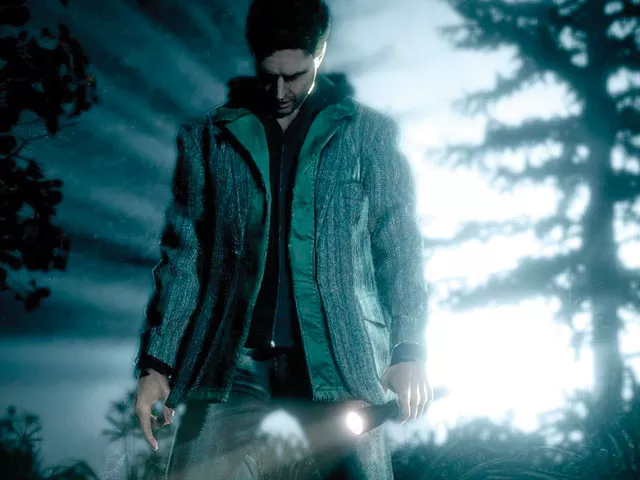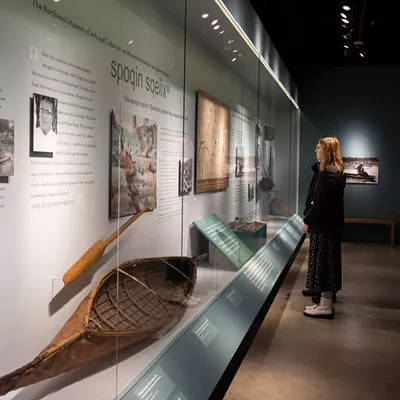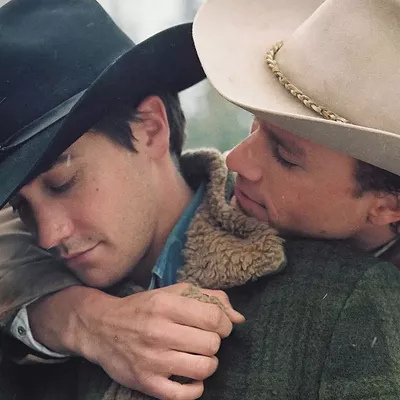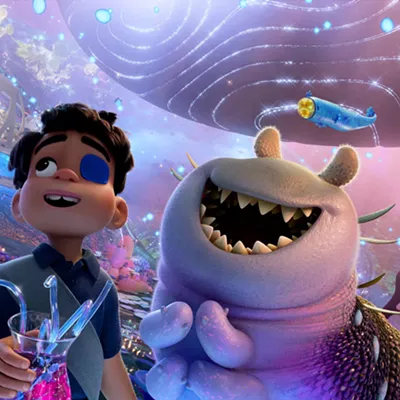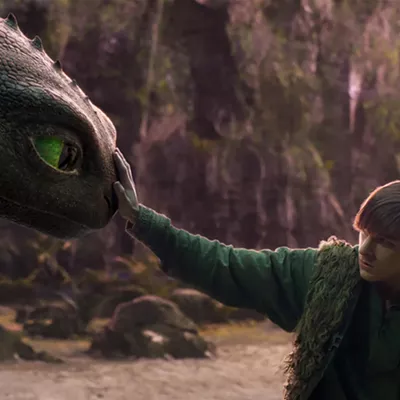Alan Wake is a horror story for the Xbox 360 that is neither horrifying nor a successful story, and in the end made it seem like my 360 wasn’t even necessary.
The game hearkens back to the quaint old days when videogames were seen as “interactive movies.” In those games, players weren’t linked into the game’s world with an avatar. Instead, they accompanied a main character who progressed through the story. Occasionally the player would be called upon to step in and solve an intervening puzzle or two, but then back to watching.
In Alan Wake, the story is about a writer who finds himself caught up in a nightmare version of the book he’s trying to write. While on holiday in a small coastal town, his wife goes missing and he wakes up bloody and disoriented, only to be informed the cabin they rented doesn’t even exist. So much for the plot.
As for the videogame mechanics, I’m taught in a prologue how to banish black smoky bogeymen by first shining a flashlight on them, then shooting for good measure. I learned if I stand in the light, I recover the health I’ve lost from being attacked by the bogeymen. And I pick up the first of many thermoses of coffee that I will find scattered throughout the game.
What do the thermoses have to contribute to Alan Wake? In shooter games, collectible treasures are hidden around the levels to make me aware of the intricacies of the battlegrounds. In RPGs, collectible treasures draw me into locations that open up character-developing sidequests. In Alan Wake, I’m prompted to search for thermoses so I can earn an Xbox Achievement.
My job is to steer Alan from one checkpoint to another, shooting a few phantoms and locating thermoses along the way. In between those fits of navigation, I sit patiently with the controller in my lap, watching waxy figurines yammer at each other while their lips try to keep up with the words. I’m not playing a videogame as much as I’m pressing “Pause” and “Play” on a movie.
THE GOOD: One crucial aspect of storytelling is establishing a setting. While Alan Wake’s town and society are borrowed from handy clichés, the graphics used to represent the place are thoroughly detailed and original. Every object, from bedpost to antler tip, has been modeled in 3D, allowing it to cast a moving shadow when Alan shines his flashlight on it. And the pathways of the forest are bordered with such credible foliage it’s easy to overlook the fact that they hide limited, linear levels.
THE BAD: As if Alan Wake’s story wasn’t enough, throughout the game you’ll pick up scattered pages of a novel written ostensibly by Alan Wake, but which in reality I suspect was penned by a second-rate videogame scribe. The least the designers of Alan Wake could have done is farm the in-game novel out to someone like Stephen King, who likes to tackle oddball projects, or Clive Barker, who isn’t averse to videogames. At least then there would have been one well-told story.
THE BOTTOM LINE: Alan Wake — yawn.

